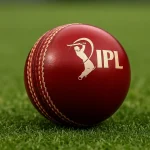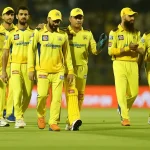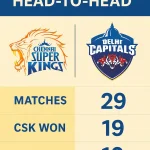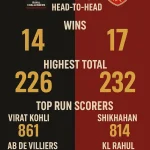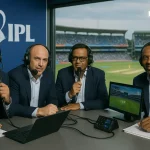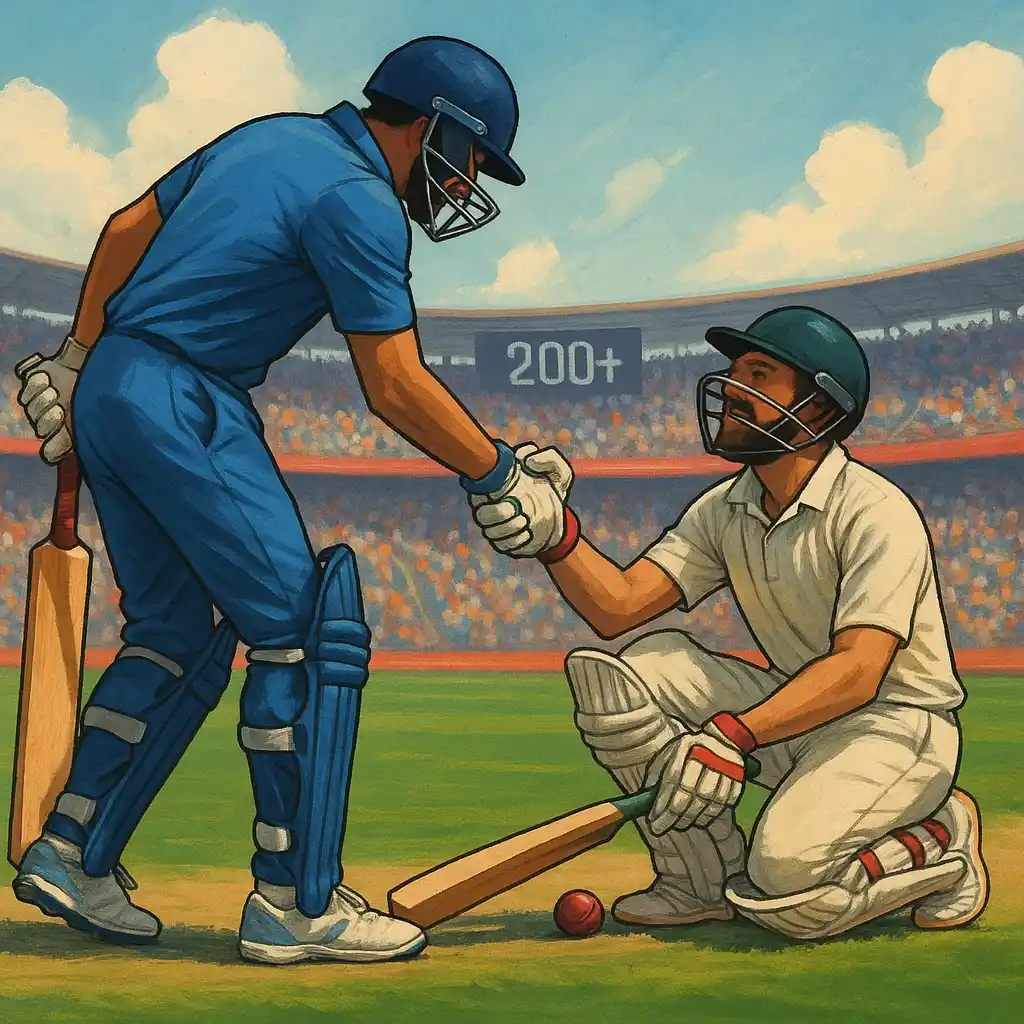
A mix of sportsmanship, high drama, and tactical warfare characterizes the tournament. While the term ‘fair play’ is something which should ideally be an afterthought, from the vantage point of the IPL’s journey since 2008, the fair play award is much more than just a recognition. It reveals a much quieter and less glamorous, yet equally important, story of tempering provocation, courtesy under duress, and playing the game not just to win, but graciously in a manner that befits its spirit.
It is unlike any other award in that it is untainted by a match result. A team can win, lose, or draw a game, all the while receiving an unbiased grade. Fair play as a principle of assessment is indispensable to the captains. There exists an array of assessment factors ranging from the compliance behavior of bowlers with no-ball regulations, dissent amongst fielders, and even sneaker moderation regarding over-reproaches. These factors, although seemingly trivial, fundamentally establish the threshold of professional sports.
How the Fair Play Points Are Calculated in IPL
Every match in the IPL is scored on fair play, with the on-field umpires rating both teams on several criteria. The rating system is transparent, if a bit subjective — but it emphasizes the right things.
Criteria for Fair Play Points
| Category | Max Points per Match | What It Measures |
| Respect towards opposition | 2 | Conduct, body language, sportsmanship |
| Respect towards umpires | 2 | Acceptance of decisions, no excessive dissent |
| Adherence to spirit of the game | 4 | Collective team behavior, leadership tone |
| Code of conduct and over rates | 2 | Bowling within time, no on-field altercations |
| Total Possible Points | 10 |
Teams are rated out of ten after every match. The average across the season determines the eventual winner. That means you can’t just switch on good behavior in the final week. It has to be consistent. That’s what makes it tough. And respectable.
Fair Play Award IPL History: Who’s Walked the Talk?
Let’s get into the numbers. Some franchises have been consistently high on the fair play leaderboard, while others — despite multiple title wins — have never lifted this trophy. Here’s what the record looks like from 2008 to 2025:
Table: IPL Fair Play Award Winners (2008–2025)
| Year | Team | Notable Detail |
| 2008 | Chennai Super Kings | Also finalists; Dhoni’s leadership evident |
| 2009 | Kings XI Punjab | Surprise entry; narrowly missed playoffs |
| 2010 | Chennai Super Kings | Did the double: IPL + Fair Play |
| 2011 | Chennai Super Kings | 3rd title in 4 years |
| 2012 | Rajasthan Royals | Rebuilt after controversy; led by Dravid |
| 2013 | Chennai Super Kings | Dominance and discipline |
| 2014 | Chennai Super Kings | Quiet consistency |
| 2015 | Chennai Super Kings | Five-time winners of Fair Play by now |
| 2016 | Sunrisers Hyderabad | First-time recipients |
| 2017 | Gujarat Lions | New franchise, big impression |
| 2018 | Mumbai Indians | Rare mix of aggression and control |
| 2019 | Sunrisers Hyderabad | Bowling unit led fair tempo |
| 2020 | Kings XI Punjab | Second win — consistency in approach |
| 2021 | Rajasthan Royals | Second win — young squad, steady ethics |
| 2022 | Gujarat Titans | New team, fresh spirit |
| 2023 | Lucknow Super Giants | Composed temperament through the season |
| 2024 | Chennai Super Kings | Return to top under new leadership |
| 2025 | Rajasthan Royals | Third-time winners, led by Sanju Samson |
CSK and RR: Two Roads to the Same Goal
The Chennai Super Kings hold the record — eight-time recipients as of 2025. Their approach has always been steady: not just winning but leading. Their captains — first Dhoni, then his successors — kept tempers low and decision-making smart. It’s no coincidence that the most consistent fair play winners were also perennial playoff contenders.
On the other hand, the Rajasthan Royals offer a different story. Not always title favorites, but culturally stable, led by players like Rahul Dravid and later Sanju Samson. RR’s calm ethos has reflected in their discipline. It’s a reminder that even in a format that rewards explosiveness, poise still matters.
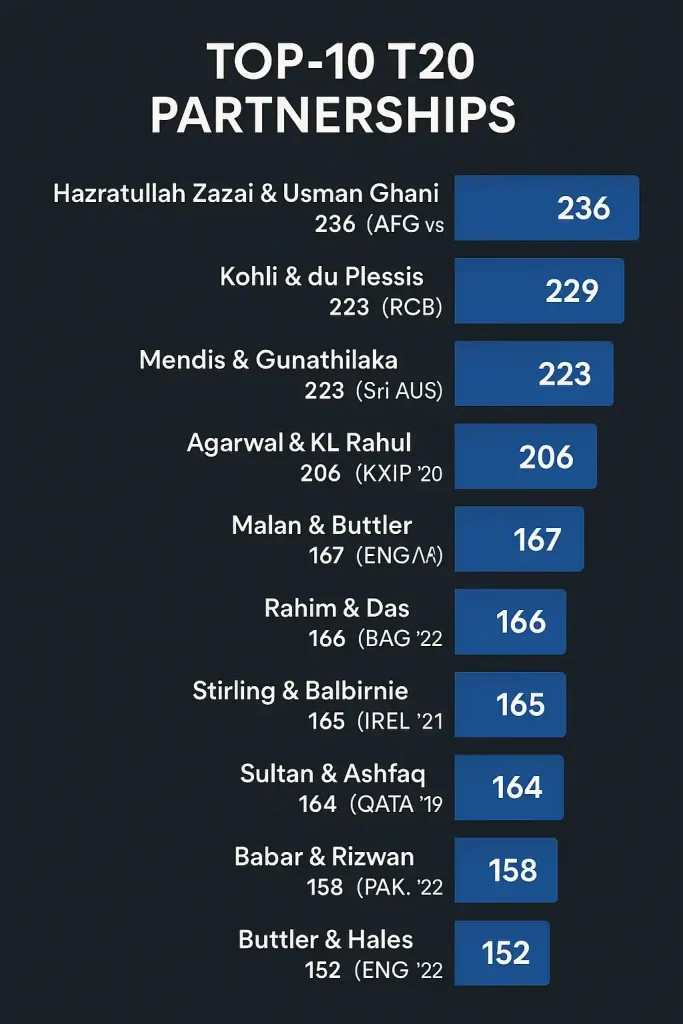
Why Fair Play Still Counts in a Format Built on Hype
Some fans argue that the fair play award IPL gives is… well, irrelevant. What’s the point, they say, when a team finishes 9th but tops this table? But that misses the point. In a league that shapes young players’ attitudes and defines the global tone of the sport, these awards are cultural cues.
Watch a player like Ruturaj Gaikwad take his helmet off when reaching 50. Or Rashid Khan calmly accept a no-ball ruling. These moments, quiet as they are, ripple through fan bases. And fair play recognition formalizes that. It encourages captains to speak calmly in press conferences. It makes umpires more respected, not just tolerated. It encourages teenagers watching from Nagpur to believe that how you win matters as much as the win.
Table: Most Fair Play Awards by Franchise (as of 2025)
| Team | Total Awards |
| Chennai Super Kings | 8 |
| Rajasthan Royals | 3 |
| Kings XI Punjab | 2 |
| Sunrisers Hyderabad | 2 |
| Gujarat Titans | 1 |
| Mumbai Indians | 1 |
| Lucknow Super Giants | 1 |
Looking Ahead: Can Fair Play Define a New Kind of Winner?
As the IPL grows, and as it expands its global footprint, we’re likely to see this award mean more. Sponsors may align with it. New franchises might shape their cultures around it. And one day, we may even see players chosen for national sides not just because they averaged 40, but because they led with grace.
That’s the vision. And the fair play award IPL fans quietly watch — even if it’s not on highlight reels — is where that vision begins. It’s not the flashiest honor. But it might just be the one that matters most when the floodlights dim and the legacy is what’s left.

Meet Arjun Kushaan, a passionate cricket analyst at The Cricket24x7. From street matches in his childhood to competitive college tournaments, cricket has always been a central part of Arjun’s life. With a strong background in data analysis and a natural affinity for numbers, he brings a fresh, analytical lens to the game. At The Cricket24x7, Arjun blends his deep love for cricket with his data-driven approach to deliver detailed insights and well-rounded coverage for fans of the sport.


